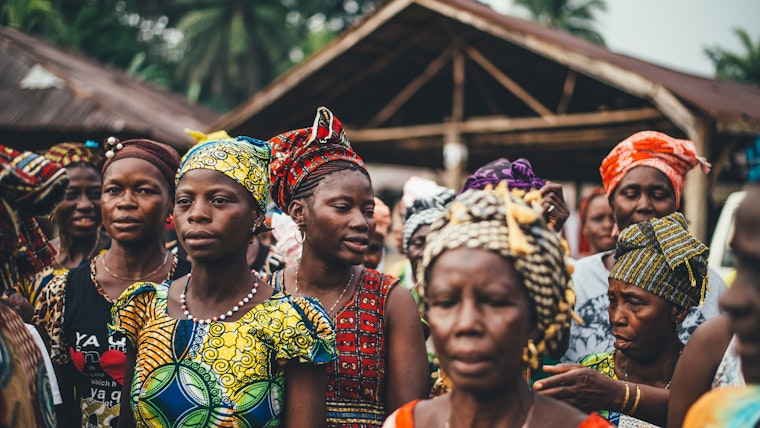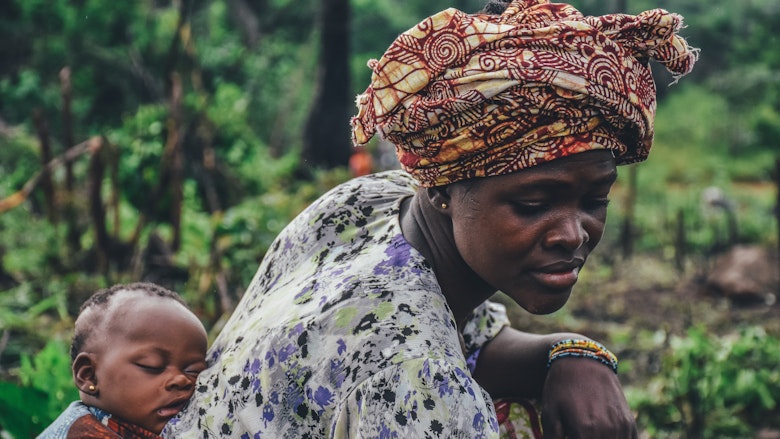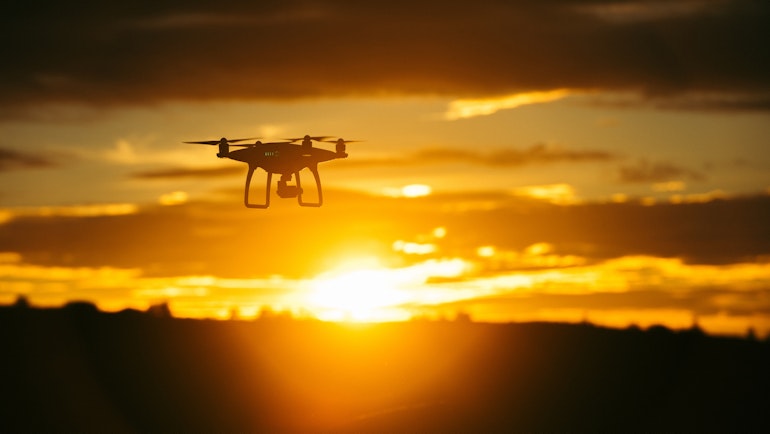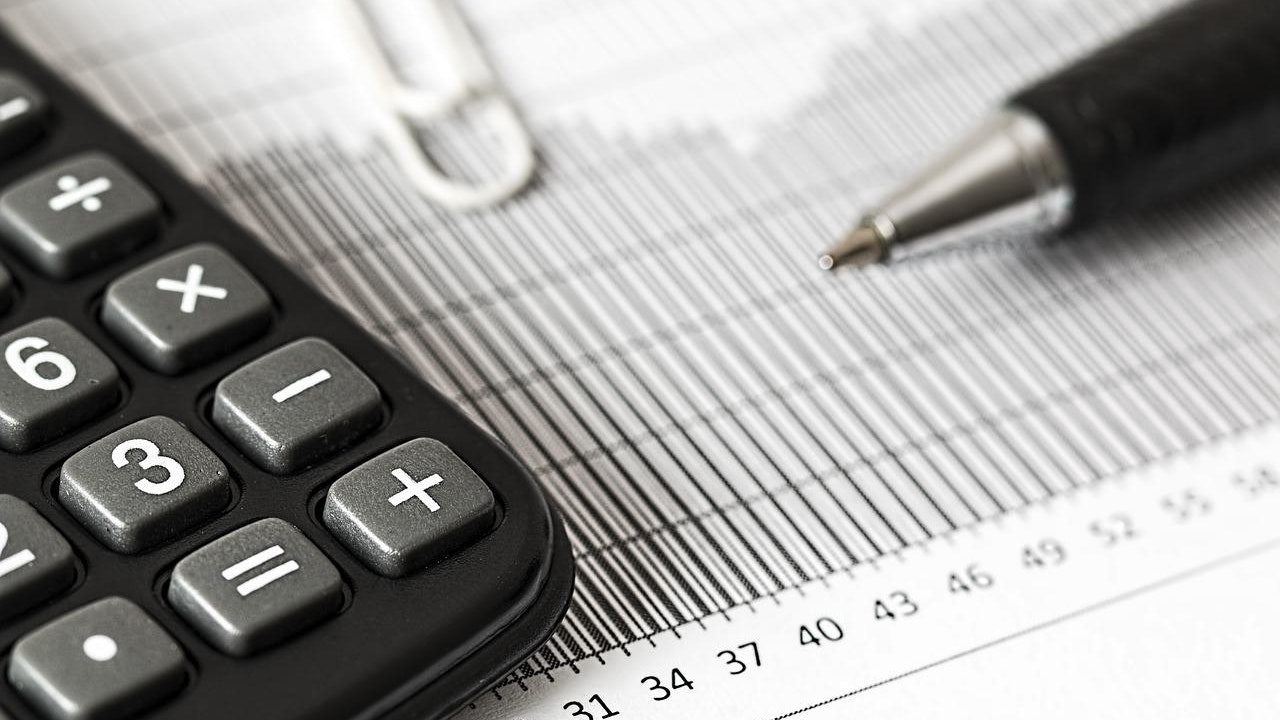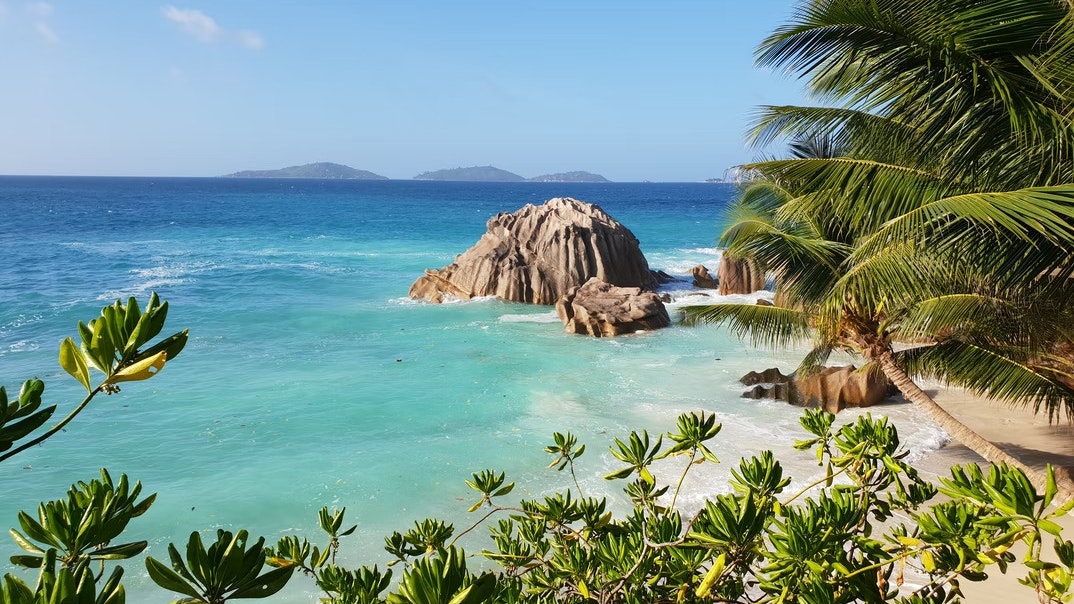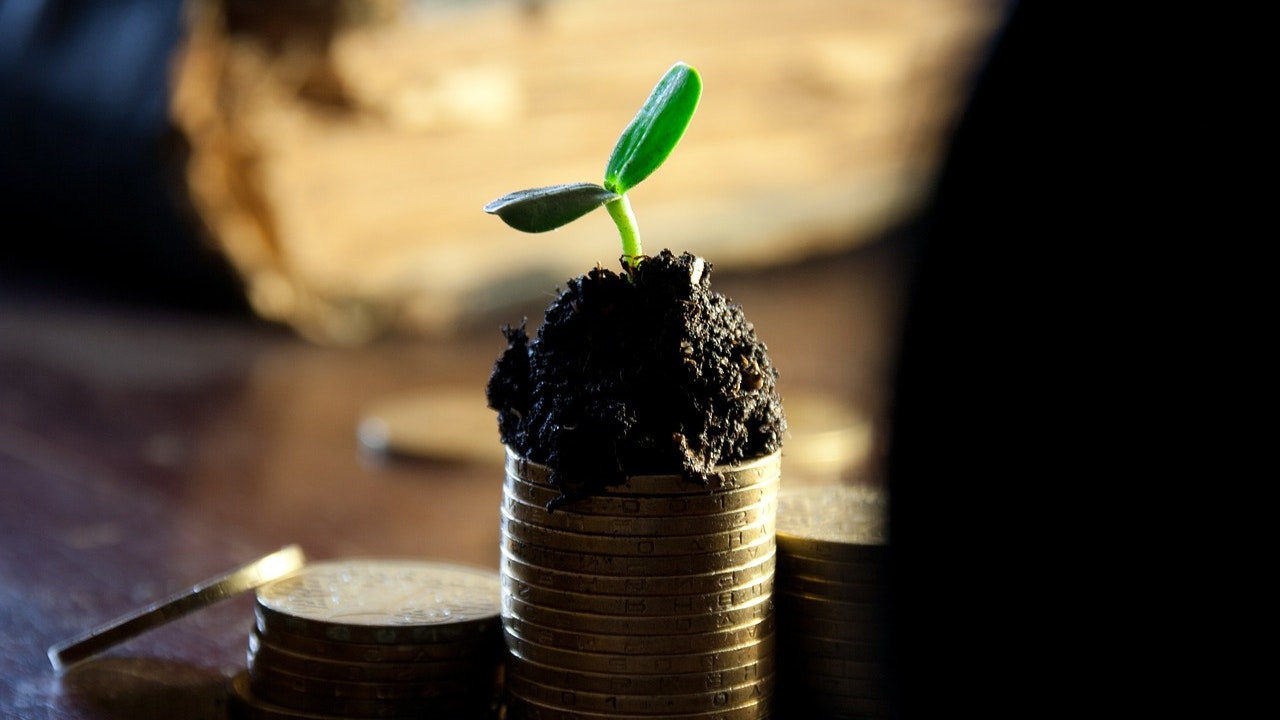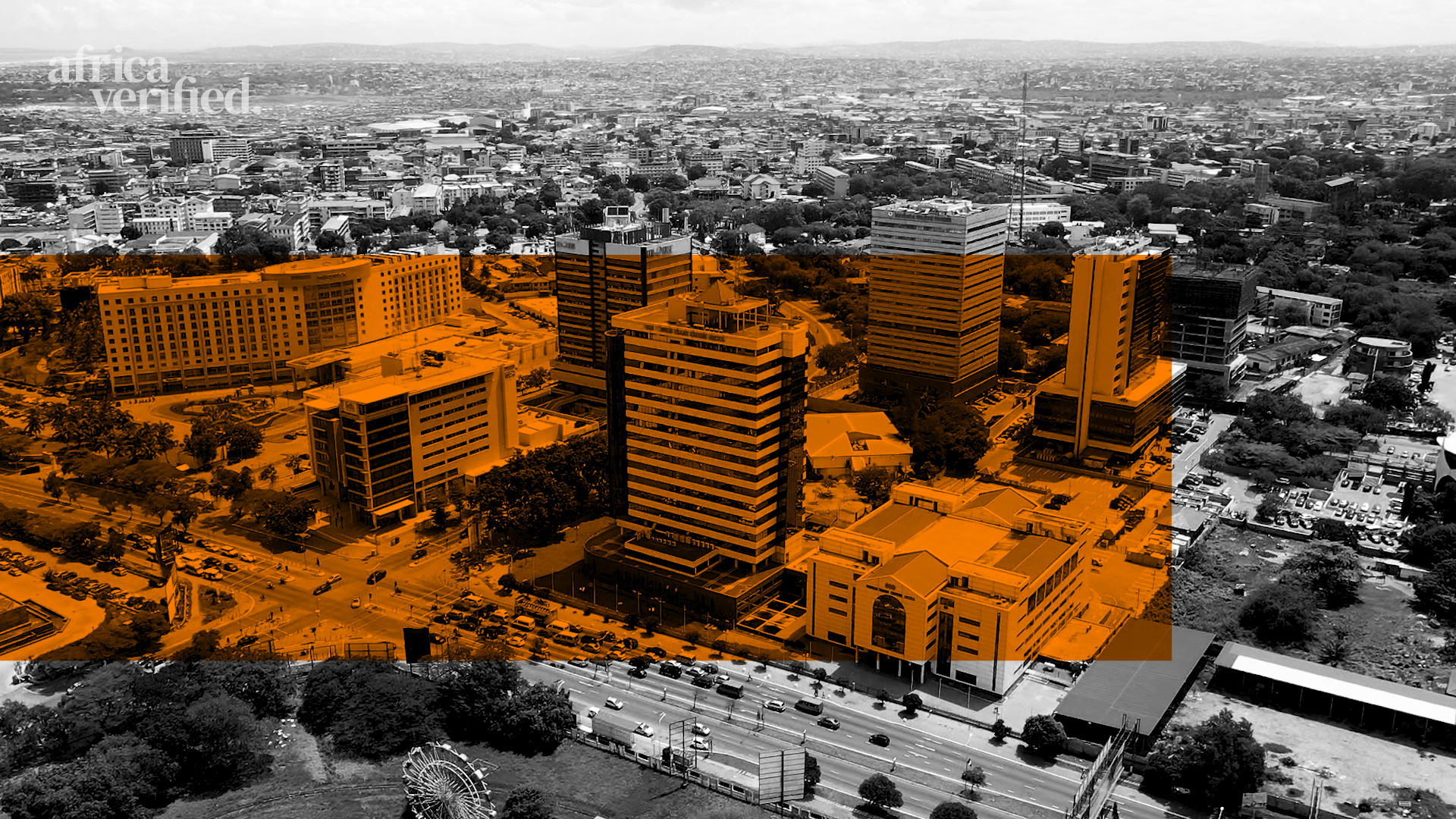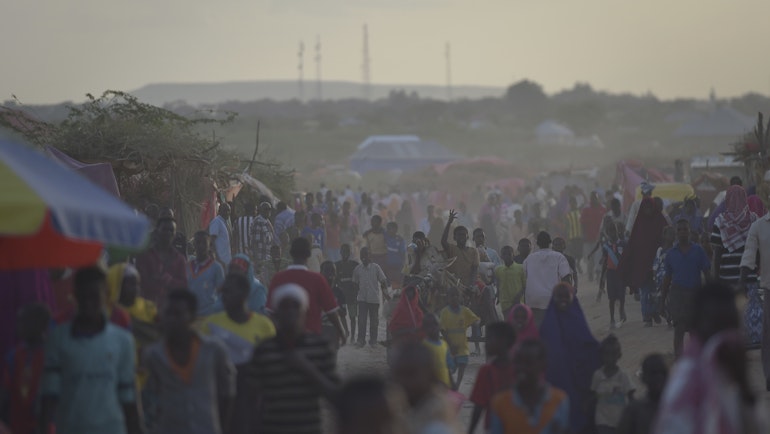
Kakuma. A refugee camp in name only. With a population of over 230,000 and 2,000 functioning shops and businesses, this sprawling refuge has all the hallmarks of a busy, bustling Kenyan city.
Located in the North-Western region of the country, the camp was established in 1992 following an influx of refugees from neighbouring countries including Sudan, Ethiopia and Somalia, due to conflict and political turbulence.
The basic humanitarian programs for Kakuma and other refugee camps are set up on the assumption they are temporary, and therefore are not a long-term solution to forced displacement. Now home to people from nineteen different countries, the average refugee spends 17 years living in Kakuma.
Several Kenyan camps, including Kakuma and Dadaab, have become economic hubs, drawing in local economic stimulation and investment. Kalobeyei Settlement, located just on the outskirts of Kakuma, represents a new approach to enable refugees to become more self-reliant in the future.
Defying popular misconceptions, refugees are now more likely to be seen not simply as passive consumers of aid, but active contributors to the growing economy and market. The camp is home to entrepreneurs who run businesses ranging from coffee shops to newsrooms.
Can sustainability become a priority for refugees?
‘Development that meets the needs of the present without compromising the ability of future generations to meet their own needs.’ UN report definition of sustainable development
A concerted effort towards building an inclusive, sustainable and resilient future for people and planet - These are not new objectives, so how achievable are they?
In order to lift millions out of poverty, nations are being asked to promote sustainable, inclusive and equitable economic growth, create greater opportunities for all, and reduce inequalities, while raising basic standards of living.
While collaborative task forces like the UN formulate global strategies, those most adversely affected by the world’s challenges are often best placed to discover and implement tangible solutions.
People forced to flee conflict, persecution and humanitarian crises, often discover ways to farm sustainably, build thriving businesses and, more recently, design solutions to help prevent the spread of COVID-19.
Refugees and hosts - better together?
‘That Kakuma refugees and Kenyans are able to attend school, work and trade together both in camp and in Kalobeyei (a nearby settlement) illustrates the positive social and economic potential of refugee integration.’ Tayyar Sukru Cansizoglu.
Opened in 2016, The Kalobeyei settlement was established to promote and integrate refugee self-reliance alongside the host population. To encourage these principles, the camp actioned cash-based interventions to meet housing and nutritional needs, training to support the entrepreneurial potential of refugees and hosts, and agricultural projects to promote dryland farming and household ‘kitchen gardens’.
Development institutions including the World Bank are committed to furthering this shift by supporting refugees and host communities in ways that complement, rather than replace, the work of humanitarian partners.
Although Kakuma is due to close down this year, it has already demonstrated positive examples of why sustainable development and long-term stability should be a priority in refugee camps, and more should be invested in creating solutions to forced displacement.
The positive effects of the camps are already making headway with politicians. In 2021 Kenyan President Uhuru Kenyatta signed the Refugee Act, giving half a million refugees the opportunity to get an education, earn a living, and integrate, instead of reliance on humanitarian aid.
While Kenya’s refugee ‘cities’ are unusual in their scale and initiative, the humanitarian issues they face are universal. Creating an informed, progressive roadmap is essential to advance their purpose; establishing and maintaining access to sustainable energy, resources, and awareness will help empower those who live there to take control of their own futures.
